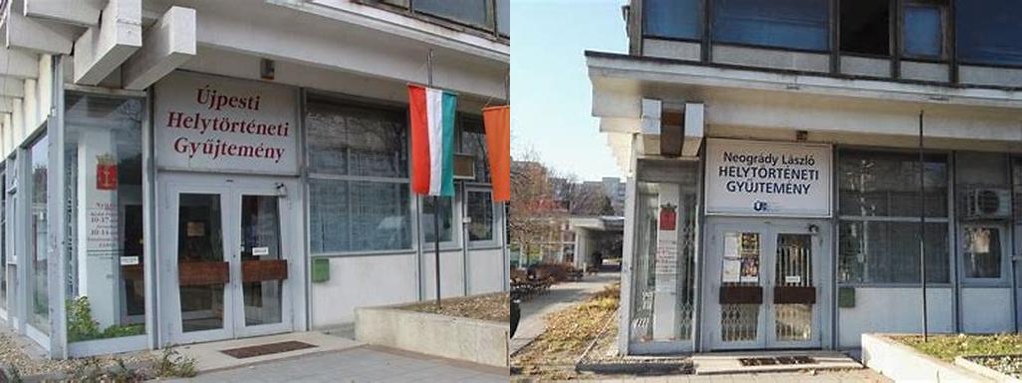
Neogrády László Helytörténeti Gyűjtemény has the charm of a hidden chest waiting to be opened by anyone intrigued by the rich tapestry of local Hungarian heritage. Situated in the heart of Balassagyarmat, this local history collection might not carry the glitter of grand metropolitan museums, but therein lies its appeal. It’s authentic, earnest, and above all, personal, embracing the vein of everyday life while beckoning visitors to step back into a multi-layered past painstakingly documented. Step through its unassuming doors and you soon realize: these rooms echo with the footsteps of villagers, artists, and change-makers whose lives shaped the spirit of the region.
The collection is named after László Neogrády, a devoted local historian and painter born in 1896. His passion was capturing the rolling landscapes, old market squares, and the pulse of rural society that defined this corner of Hungary. Today, his dedication endures through artifacts, photographs, and folk objects that artfully narrate the story of the Nógrád county and its resilient people. The personal items in the collection feel like borrowed fragments of time: hand-painted plates passed down through generations, black and white portraits whose eyes seem to follow you through the halls, and the modest furniture of bygone households. Stand for a moment before the old tools displayed—those worn handles and forged iron ends have stories that stretch well beyond their practical use.
What sets the Neogrády László Helytörténeti Gyűjtemény apart isn’t just its inventory but the manner in which it connects the past and present. Local schoolchildren follow the footsteps of their great grandparents in these rooms, learning old crafts and participating in workshops that resurrect nearly forgotten skills. It’s not unusual to hear the echoing laughter of a school excursion mingling with the ages-old silence, or to stumble upon an impromptu folklore demonstration. If you’re fortunate, you might catch a seasonal event—a collection of folk songs performed by townspeople, or a temporary exhibition that changes the walls into a gallery telling modern stories linked by tradition.
Here, each visitor is gently nudged into a more mindful observation of smaller histories. The town of Balassagyarmat itself has a complicated past, resting near the Slovak border and playing host to a blend of cultures, religions, and influences. In a world that sometimes moves too fast to consider its own roots, the local history collection is a gentle reminder: real stories are built from the hands and hearts of ordinary people. Just a few hours with these artifacts, both modest and beautiful, reveals how much life unfolded in the day-to-day—the harvests, the markets, the quiet routines, the louder changes of political or social transformation.
Another gem in the collection is the ongoing research about the town’s role in twentieth-century history. The collection documents the windows thrown open and slammed shut during dramatic periods, like the Trianon Treaty of 1920, or the embattled years following World War II. These exhibits don’t shout for your attention; they invite patient curiosity. You might find handwritten letters, official documents with solemn seals, or faded banners from community gatherings. For those keen on genealogy or on tracing their family’s steps through Hungarian soil, this is the kind of place that rewards time spent in small discoveries.
Most travelers leave the Neogrády László Helytörténeti Gyűjtemény with a sense of intimacy often missing from slicker tourist spots. These halls don’t simply preserve memory, they hand it directly to you. If you linger, you’ll sense a subtle invitation: look closer, appreciate the texture of lives lived here, and perhaps, take away inspiration for seeing your own hometown with new eyes.





